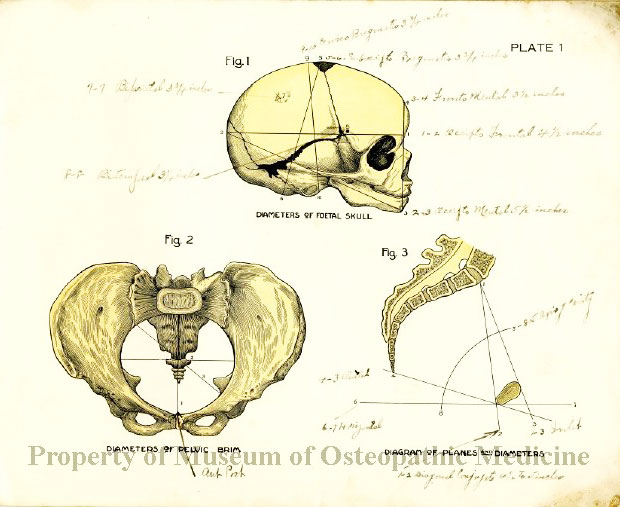Serves the delivery of effective healthcare and scholarly research by providing effective access to and instruction in the use of the vast body of health science information for both the clinician and the biomedical scientist.
Publishes 228 peer-reviewed open access journals.
Founded as the S.S. Still College of Osteopathy in 1898, Des Moines University has made remarkable contributions to the history of osteopathic medicine, podiatric medicine, health sciences and the community. The University Archives retains archival and 3-dimensional material that best documents the complete history of the University and its activities, and provides access to the collection to faculty, students, alumni and the community at large.
An online publication that provides in-depth analyses of issues affecting osteopathic physicians and osteopathic medical students. The DO also offers news about the osteopathic medical profession and its members.
A partnership of academic & research institutions, offering a collection of millions of titles digitized from libraries around the world.
Online collection of scanned books by Google.
Download free books and texts. The Internet Archive Text Archive contains a wide range of fiction, popular books, children’s books, historical texts and academic books.
A 501(c)(3) non-profit, building a digital library of Internet sites and other cultural artifacts in digital form. Like a paper library, we provide free access to researchers, historians, scholars, the print disabled, and the general public.
The official scientific publication of the American Osteopathic Association, as well as the premier scholarly, peer-reviewed publication of the osteopathic medical profession.
The archive consist of books, pamphlets, journals, published papers and articles, newspaper cuttings, lecture notes, documents relating to specific courses, (e.g. examination papers, prospectuses), minutes of meetings of organizations, personal letters, audio-recordings and film, photographs and memorabilia.
On the campus of the National Institutes of Health in Bethesda, Maryland, it’s the world’s largest medical library. The library collects materials and provides information and research services in all areas of biomedicine and health care.
Open Library is an open project: the software is open, the data are open, the documentation is open, and we welcome your contribution. Whether you fix a typo, add a book, or write a widget–it’s all welcome.
An osteopathic medicine digital library created by a partnership between Edward Via Virginia College of Osteopathic Medicine (VCOM) and VTLS, Inc. in 2006. OSTMED.DR® builds upon OSTMED®, a bibliographic index to the literature of osteopathic medicine.
Harry H. Laughlin Papers, Truman State University alumnus Harry Hamilton Laughlin was director of the Eugenics Records Office in Cold Spring Harbor, Long Island, New York from 1910 to 1940. The collection reflects Laughlin’s very strong interests in the identification of the “socially inadequate,” genetically caused diseases, eugenical sterilization, immigration restriction, and the establishment of a common world government Laughlin was also involved in thoroughbred horse breeding studies, a practical application of genetics.
A service of the U.S. National Library of Medicine that includes over 18 million citations from MEDLINE and other life science journals for biomedical articles back to 1948. PubMed includes links to full text articles and other related resources.
A scientific database that contains more than 10 million journal articles and book chapters.
our digital repository service that enables the deposit, storage and discovery of research produced by Unitec students and staff. It is intended to facilitate scholarly communication and shared access to our research outputs. Unitec Research Bank is developed and maintained by Unitec Library using the DSpace platform in collaboration with members of LCoNZ consortium.
William G. Sutherland Collection, the Sutherland Collection contains the writings, memorabilia, recordings, transcribed lectures and voluminous correspondence of Dr. Sutherland, tracing the growth of the Foundation and Association as well as documenting the spread of the cranial concept as a viable specialty within the osteopathic profession.
Be sure to also check your local library.




